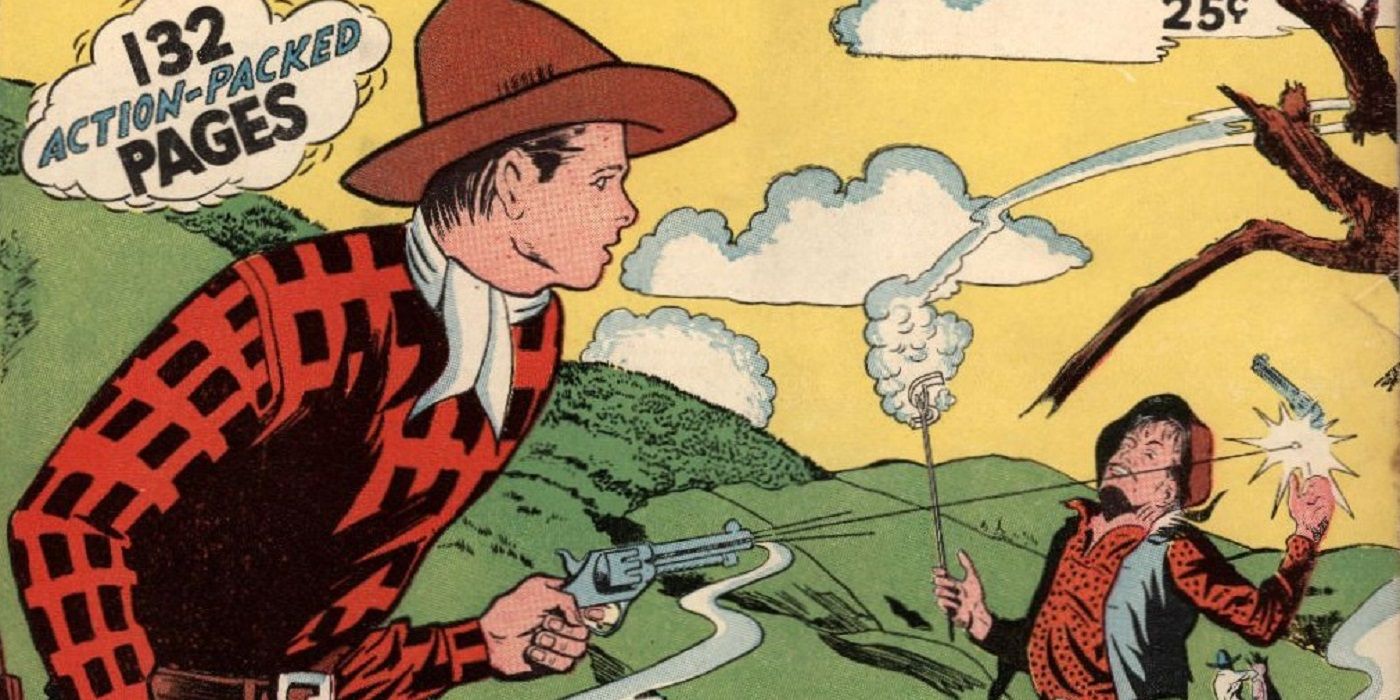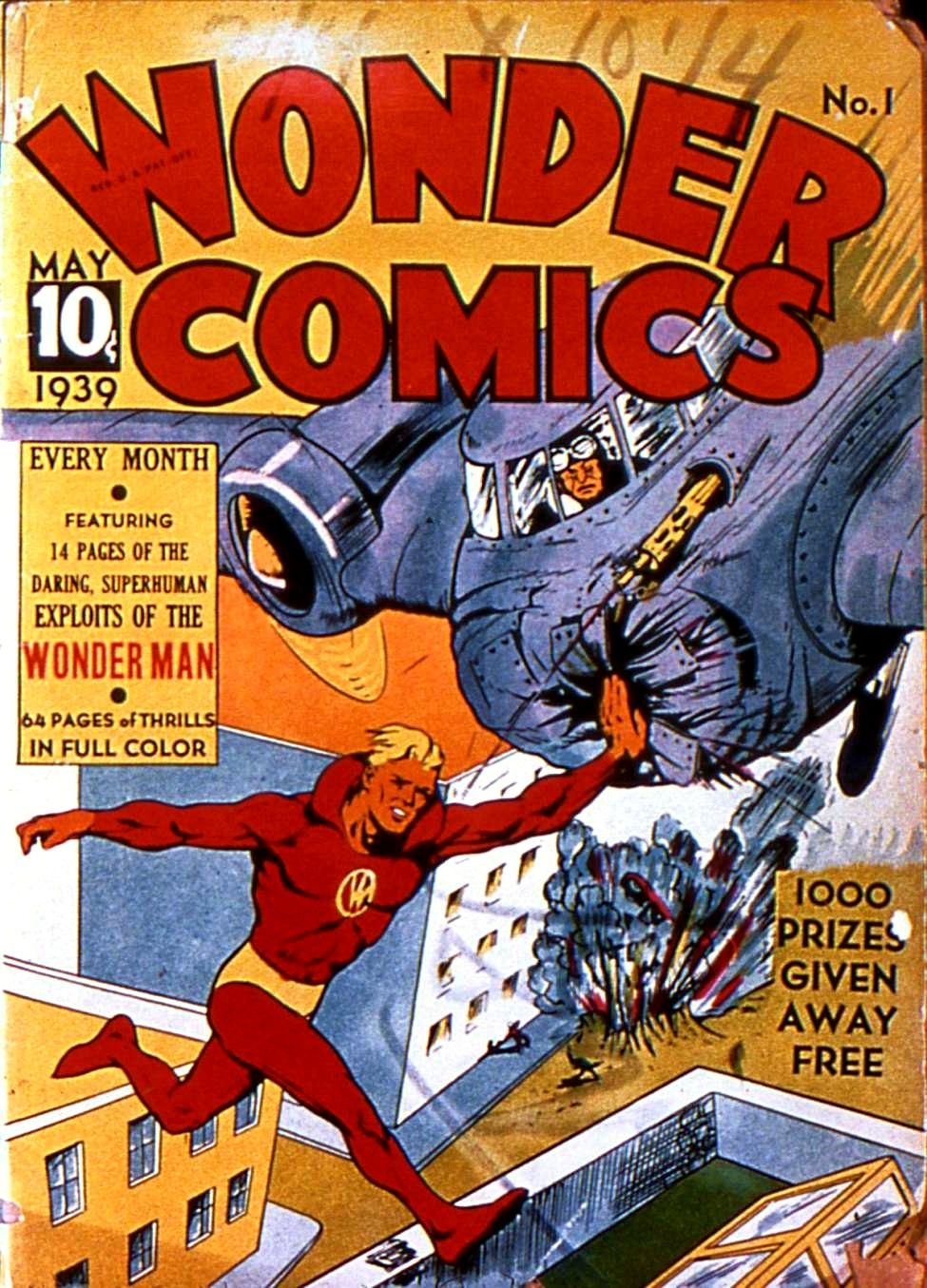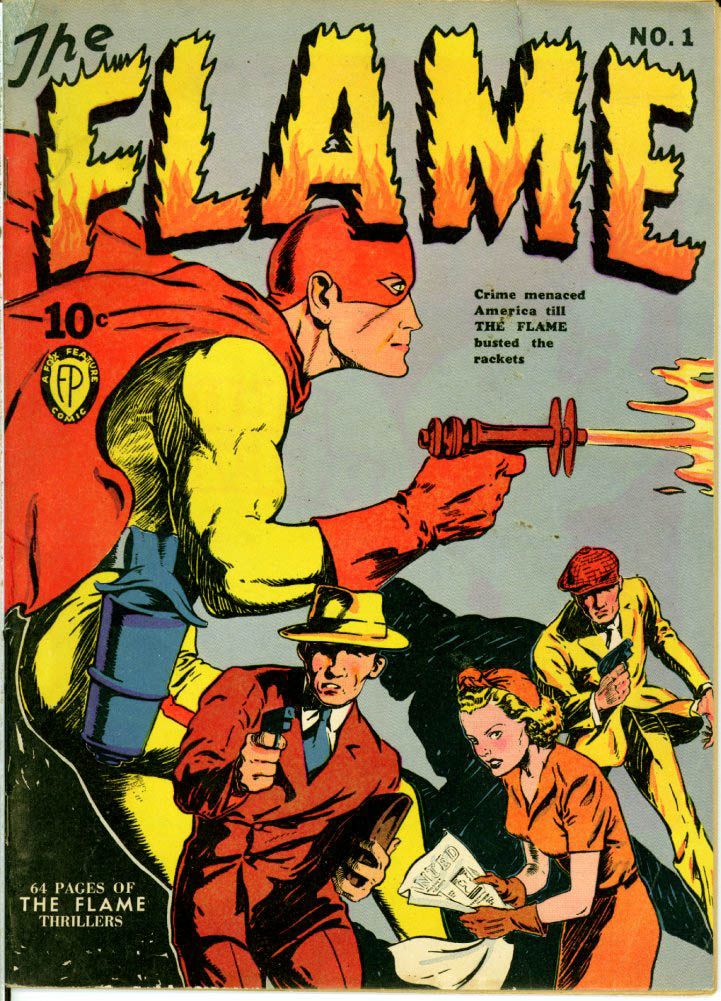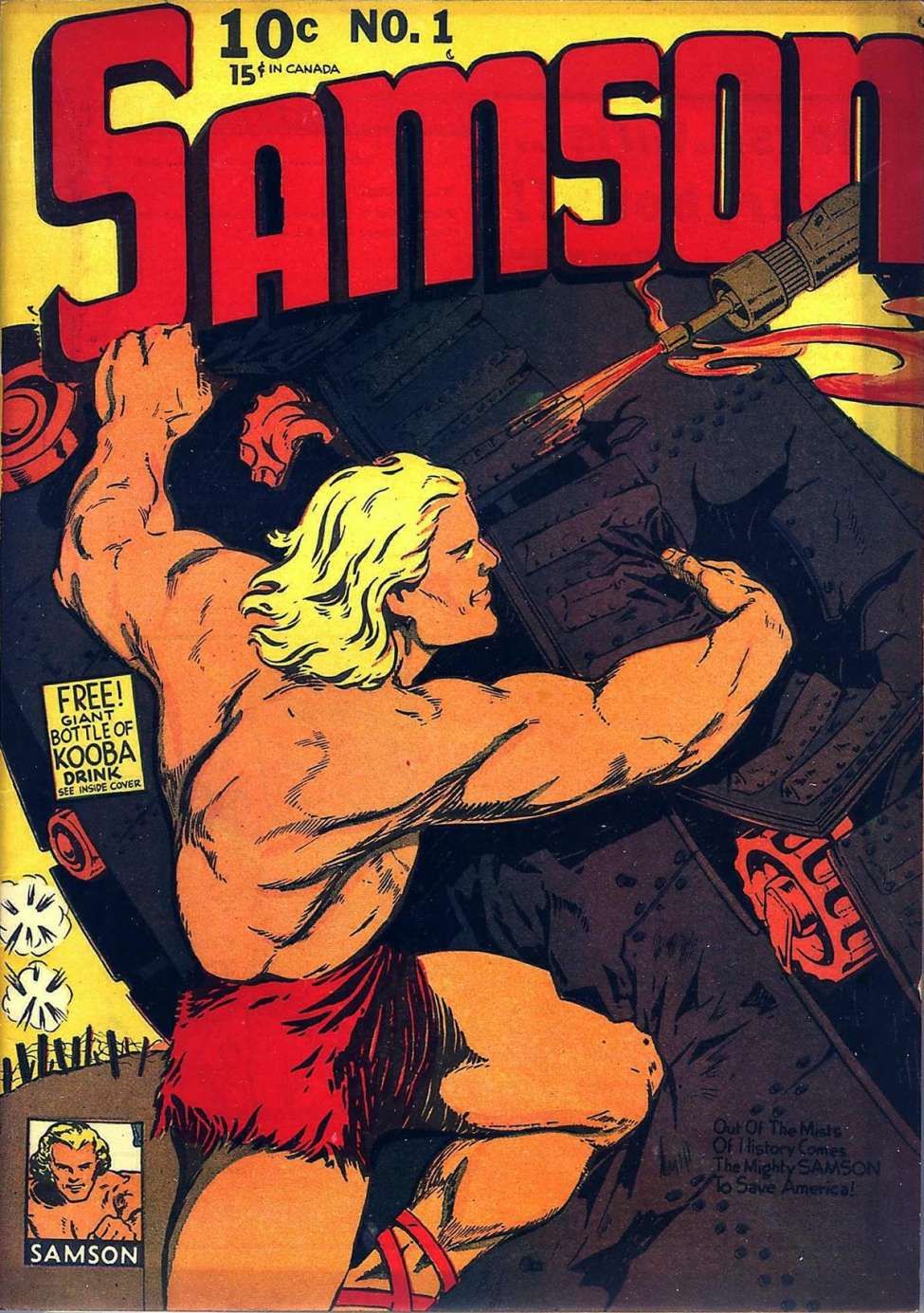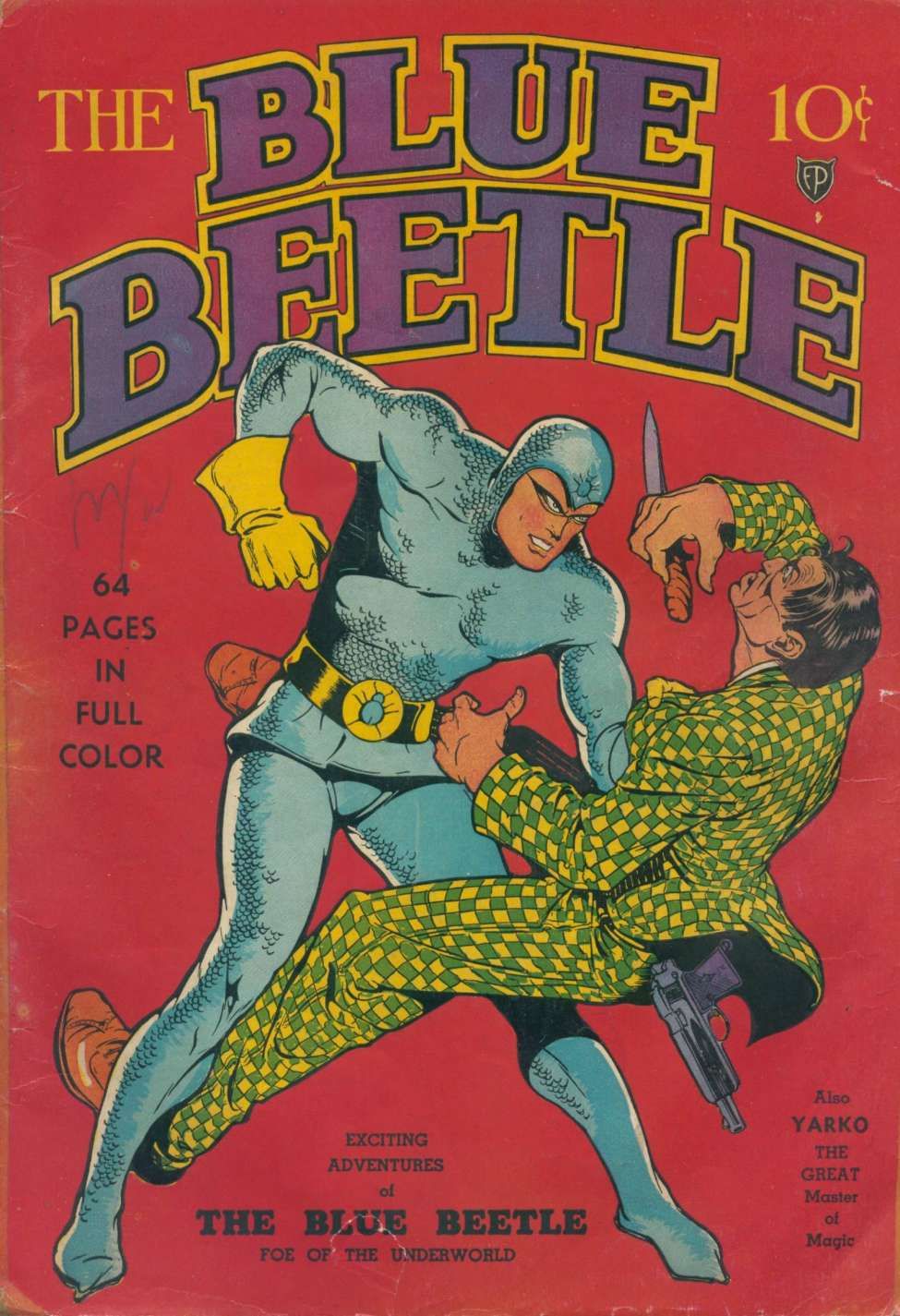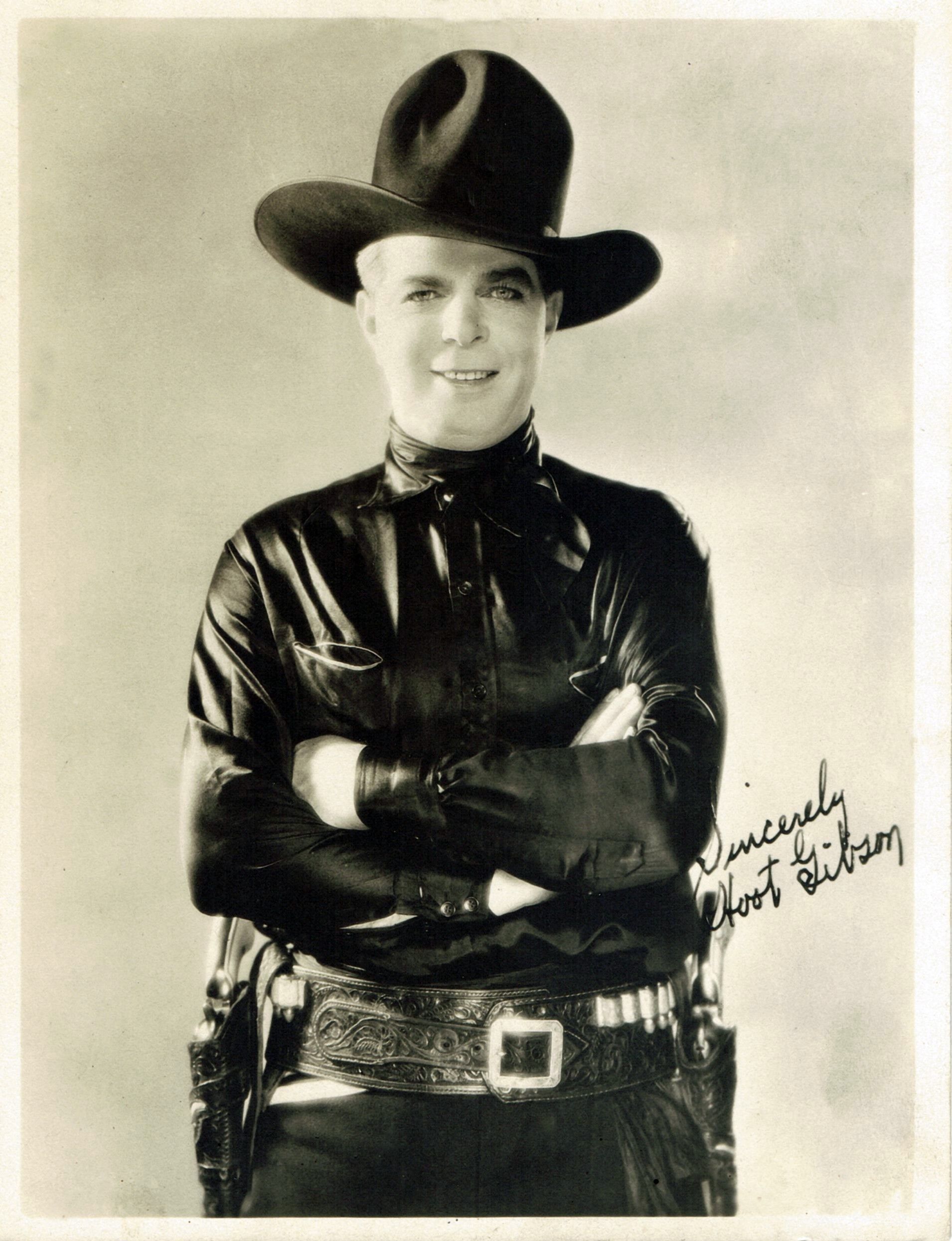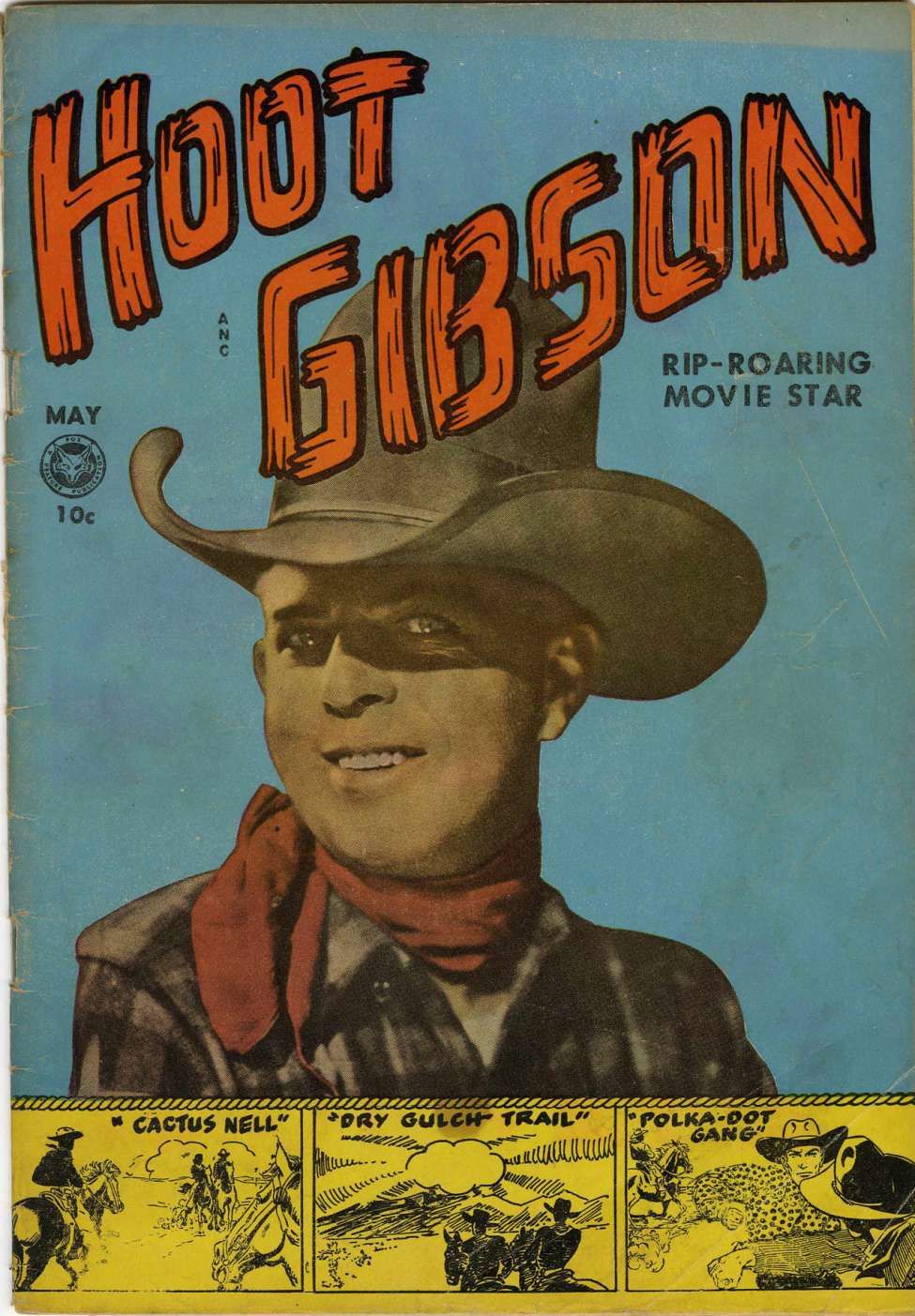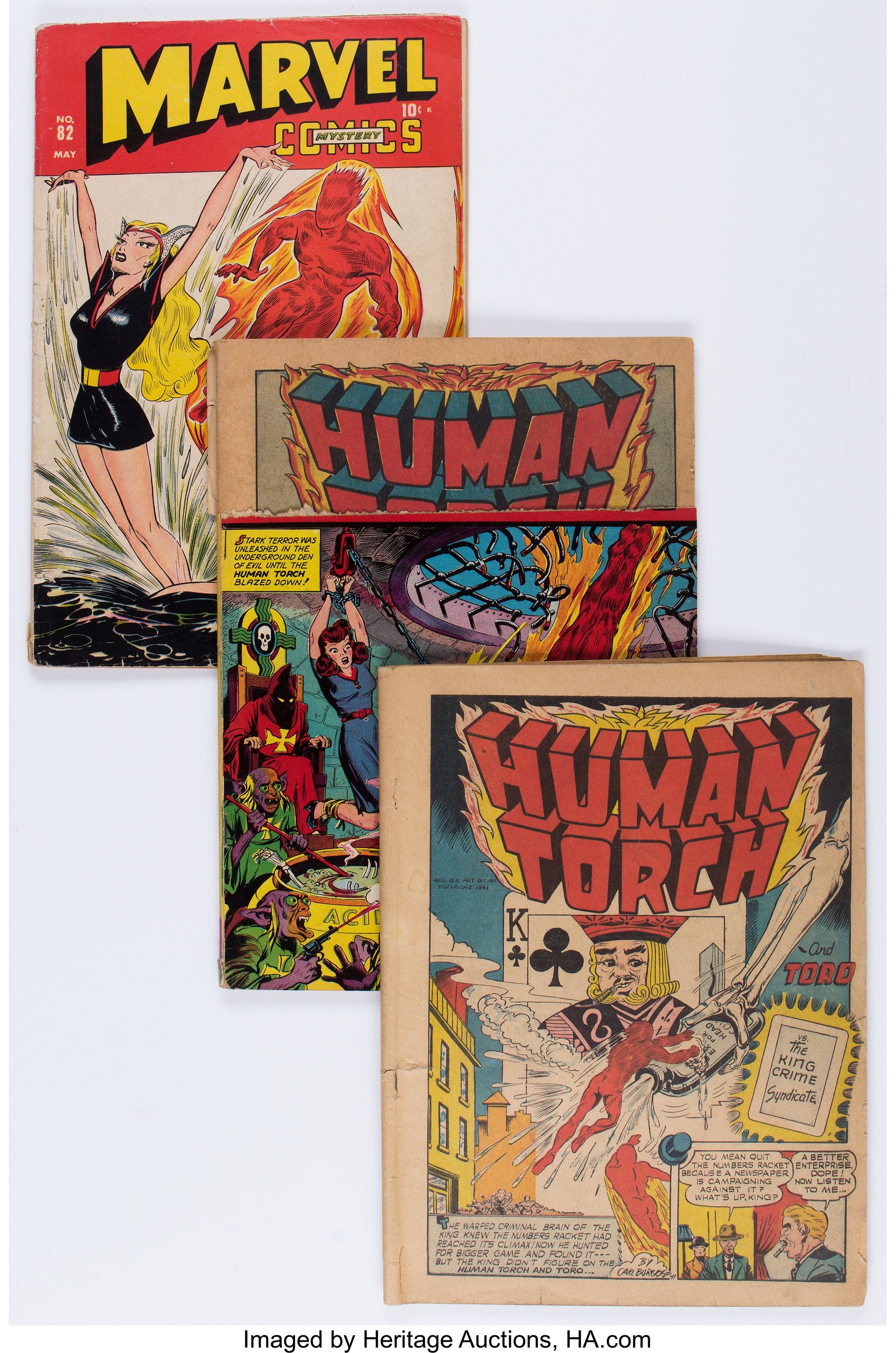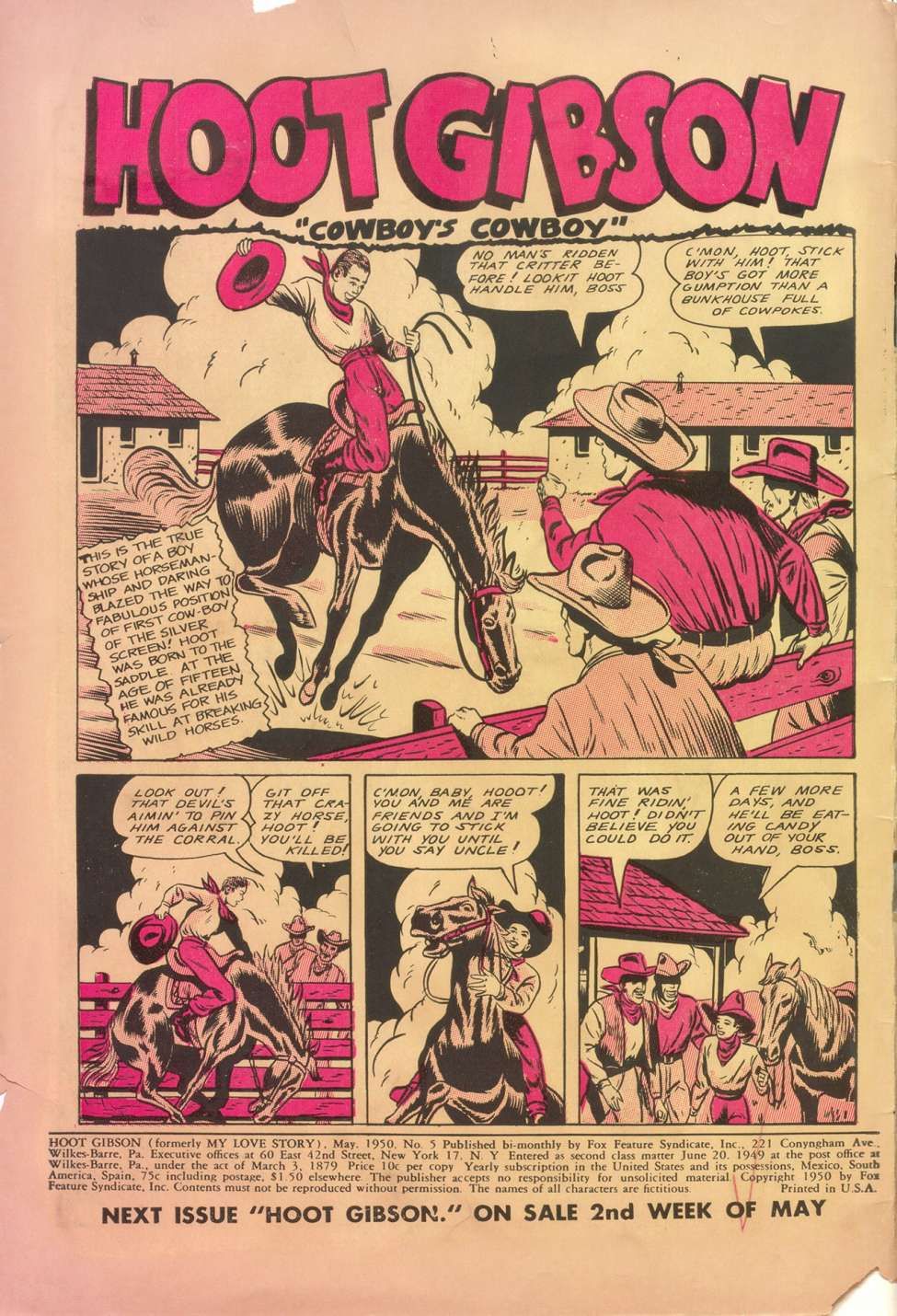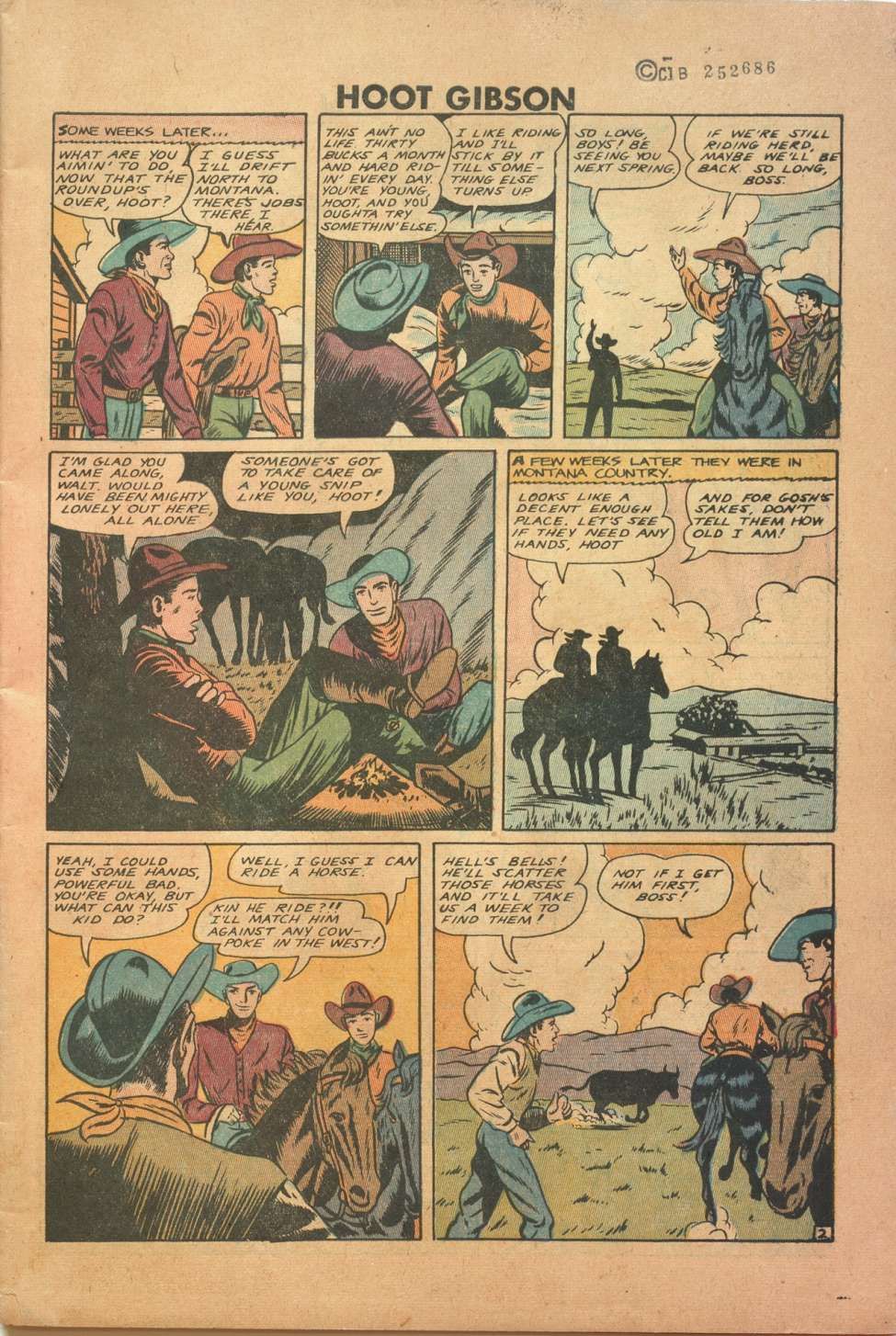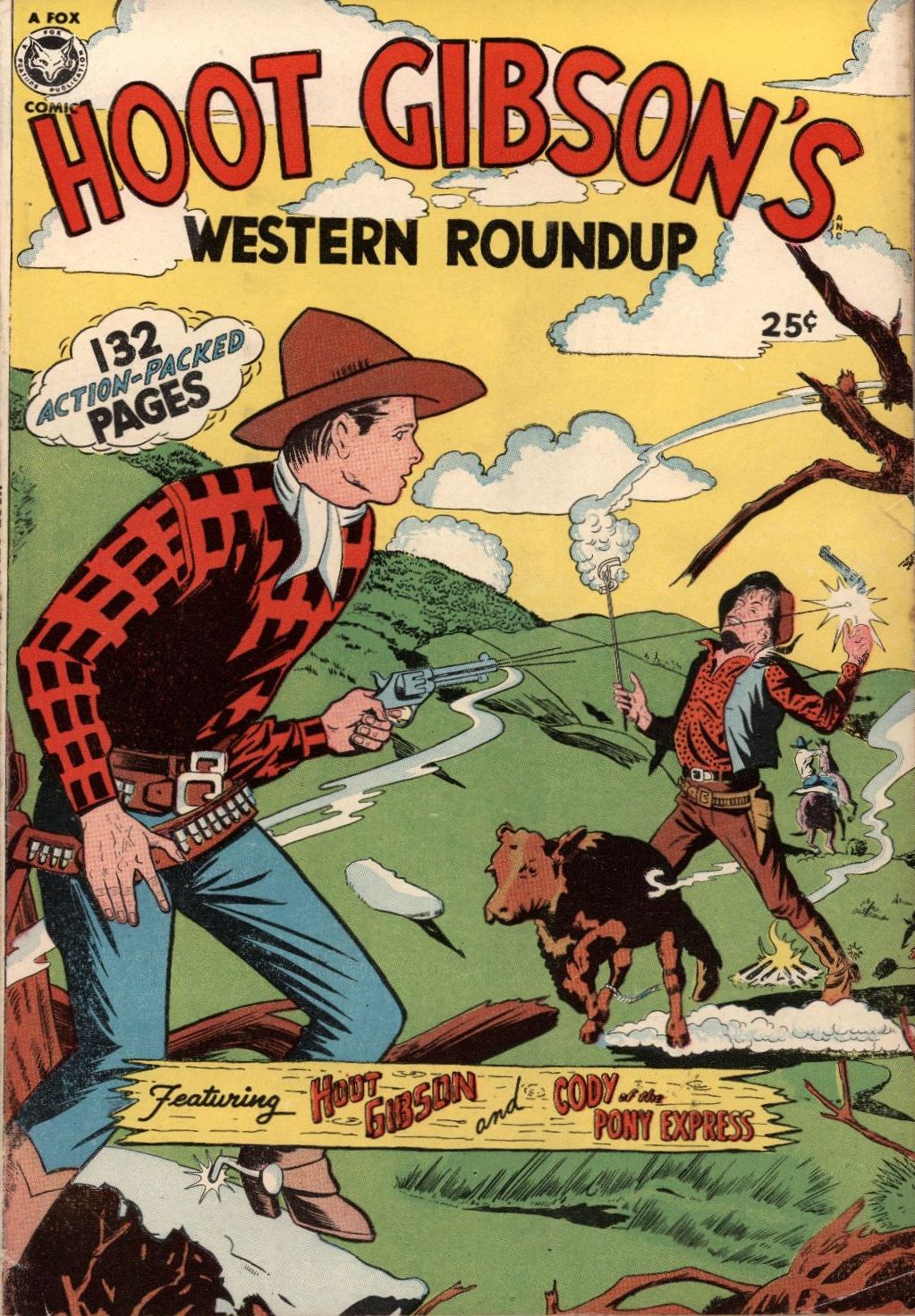Welcome to Comic Book Legends Revealed! This is the seven hundred and fortieth installment where we examine comic book legends and whether they are true or false.
Click here for Part 1 of this week's legends.
NOTE: If my Twitter page hits 5,000 followers, I'll do a bonus edition of Comic Book Legends Revealed that week. Great deal, right? So go follow my Twitter page, Brian_Cronin!
COMIC LEGEND:
Fox Comics would re-bind unsold comic books into a "new" comic book series.
STATUS:
True
In 1938, Action Comics #1 came out and the comic book world would never be the same. As soon as other publishers realized how much money that there was in comic books, they rushed to put out their own versions of Action Comics' star character, Superman.
One of the earliest comic book companies that launched as a competitor to National Comics (now DC) was Fox Feature Syndicate, led by Victor S. Fox. At the time, a rather new business venture had been launched called the comic book packaging studio. A comic book packaging studio would write and draw an entire comic book for you. You would own the characters, but they would write and draw them and you only had to publish the comics and take in the cash. Of course, you had to pay them beforehand.
The top comic book packaging studio at the time was Eisner-Iger (Will Eisner and Jerry Iger). The company really existed on the back of Will Eisner, one of the most creative people in the history of comic books. Not only was he a phenomenal artist, but he was a brilliant creator of comic book ideas. This was good, since he had to try to launch so many at once to meet the demand.
Fox, though, specifically asked Eisner to rip off Superman as close as he could get and so Fox launched his company with Wonder Comics, starring Wonder Man...
National quickly got an injunction and they eventually went to trial.
In the meantime, Eisner also created two other superheroes who did NOT get Fox into trouble, the fire superhero, The Flame (by Eisner and artist Lou Fine)...
and the superhero adaptation of the Samson myth (by Eisner and Alex Blum)...
In addition, Charles Nicholas introduced the Blue Beetle (years later, Fox would sell the character to Charlton and then Charlton sold the character to DC)...
Since Fox was on the low end of the totem pole, money-wise, when the various comic book companies went out and started cutting licensing deals with famous cowboy actors, Fox has to settle for a mostly obscure former silent movie star, Hoot Gibson...
Now, back in the day, comic book companies sold their comics on newsstands. They would send X amount of comic books to the newsstands and newsstands would pay for only the comics that they sold. As it would be impractical to expect the newsstands to mail back the entire comic book, they were instead told to send back the top strip of the cover of each unsold comic book (under the typically correct theory that no one will want to buy a comic book with the top stripped off). Since that proved to not be as much of a deterrent as you would think, it was soon expanded to full cover returns.
As an aside, let me note that almost every comic book company would have an ad on their inside front cover (typically for the comic book company itself), but not Fox. No, their comics started on the inside cover, like so...
Okay, now, newsstands would often still find someone willing to buy the unsold comic books that they were supposed to just throw out. However, in a bizarre sales idea, Fox actually would buy the unsold comic books THEMSELVES!
They then came up with a comic book title called Hoot Gibson's Western Roundup...
The comic book would just be re-bound editions of four unsold Fox comic books!
"But wait, Brian, didn't you say that people had to strip off the covers? Wouldn't that mean that the inside front cover would also be missing then and thus, none of these comics would have the first page of their stories?" Why yes, that's precisely what happened! You are very attentive!
Also, amusingly, since this wasn't a scientific deal here, it was just four comics chosen at random (well, I should say that that it was an one issue of four different series chosen at random, as they did try to avoid using all of the same series), so the contents of Hoot Gibson's Western Roundup vary dramatically.
From Wonder Man to this, Fox wasn't afraid to stretch the boundaries of what was acceptable business practices!
Check out my latest TV Legends Revealed - What classic game show had to be re-formatted the morning before its first taping because they discovered that the game couldn't be won!

